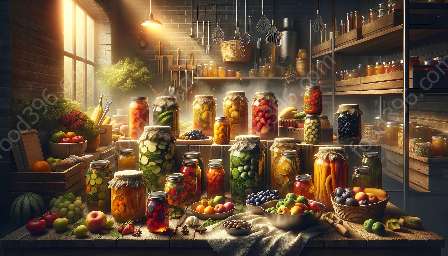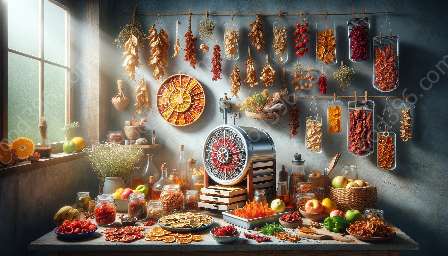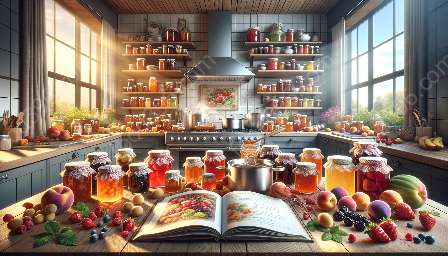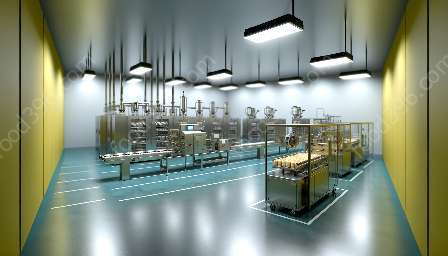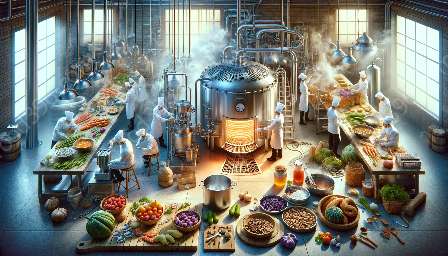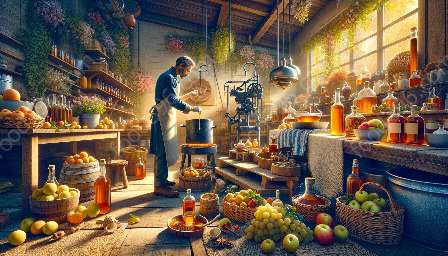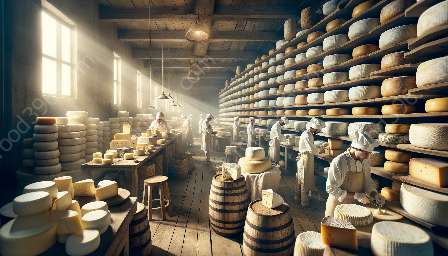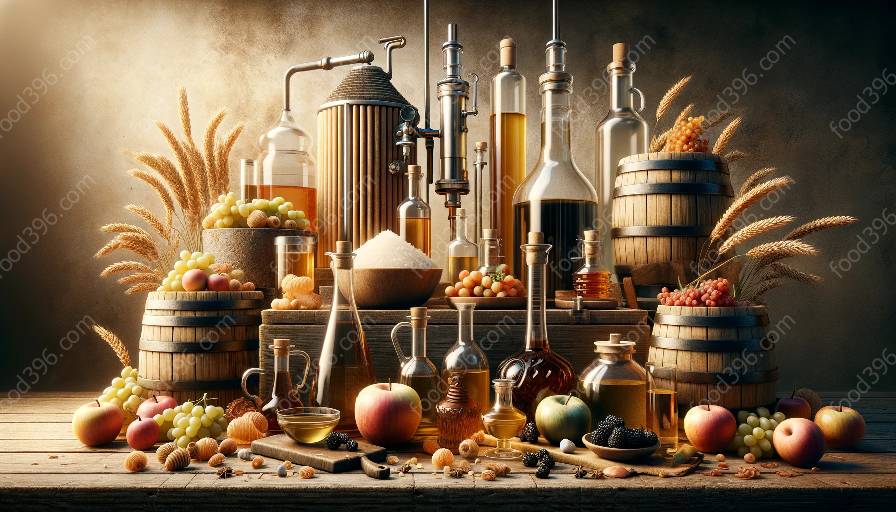Vinegar has been a staple in food preservation and processing for centuries, and its production is a fascinating and essential part of the food and drink industry. In this topic cluster, we will explore the intricate process of vinegar production, its role in food preservation and processing, and the various types of vinegar and their uses.
The History of Vinegar
Vinegar, derived from the French word 'vinaigre' which means 'sour wine', has been used for thousands of years for various purposes. The Babylonians were among the first to produce vinegar and used it as a preservative and condiment. Ancient cultures, including the Egyptians, Greeks, and Romans, also valued vinegar for its medicinal and culinary properties.
Over time, vinegar production methods have evolved, leading to the diverse range of vinegars we have today. Understanding the history of vinegar provides insight into its significance in food and drink.
Vinegar Production Process
The production of vinegar involves a controlled fermentation process that transforms alcohol into acetic acid. The key steps in vinegar production include the selection of raw materials, fermentation, and aging.
Raw Material Selection
The first step in vinegar production is the selection of raw materials, such as fruits, grains, or sugary substances, which serve as the source of alcohol. Common raw materials used in vinegar production include apples, grapes, rice, and malt.
The quality of the raw materials significantly impacts the flavor and characteristics of the final vinegar product. For example, apple cider vinegar is made from fermented apple juice, while balsamic vinegar is derived from aged grape must.
Fermentation
Once the raw materials are chosen, they undergo fermentation to convert the natural sugars into alcohol. This is typically achieved through the action of yeast, which converts the sugars in the raw materials into ethanol. The fermentation process is crucial in creating the alcohol base for vinegar production.
After the production of alcohol, the next critical step in vinegar production is the conversion of alcohol into acetic acid, which gives vinegar its characteristic acidic taste.
Aging and Maturation
Following fermentation, the alcohol undergoes a second fermentation process, during which acetic acid bacteria (Acetobacter) convert the alcohol into acetic acid. This process, known as acetous fermentation, occurs under controlled conditions to ensure the formation of high-quality vinegar.
Once the vinegar has reached the desired acidity and flavor profile, it undergoes aging and maturation to further develop its complexity and depth of flavor. The aging process varies depending on the type of vinegar and can range from a few months to several years.
Types of Vinegar
Vinegar comes in various types, each with its own distinct flavor, color, and culinary uses. Some common types of vinegar include:
- Apple Cider Vinegar: Made from fermented apple juice, known for its tangy flavor and health benefits.
- Balsamic Vinegar: Originating from Modena, Italy, balsamic vinegar is aged for several years, resulting in a dark, sweet, and complex flavor.
- White Vinegar: A clear vinegar made from distilled alcohol, often used in pickling and cleaning.
- Rice Vinegar: Widely used in Asian cuisine, rice vinegar has a mild, slightly sweet flavor and is available in various colors such as black, red, and white.
- Malt Vinegar: Produced from malted barley, malt vinegar has a rich, malty flavor and is commonly used in British and Irish cuisine.
- Wine Vinegar: Made from the fermentation of various wines, wine vinegar offers a range of flavors depending on the type of grapes used.
These are just a few examples of the diverse range of vinegars available, each contributing unique characteristics to the culinary world.
Vinegar in Food Preservation and Processing
Vinegar plays a vital role in food preservation and processing due to its acidic properties, which inhibit the growth of harmful bacteria and prolong the shelf life of various food products. Some common uses of vinegar in food preservation and processing include:
- Pickling: Vinegar is a key ingredient in pickling, where it preserves fruits, vegetables, and even meats by creating an acidic environment that inhibits the growth of spoilage microorganisms.
- Sauces and Condiments: Many sauces and condiments, such as ketchup, mustard, and mayonnaise, contain vinegar as a preservative to maintain freshness and stability.
- Baking and Cooking: Vinegar is often used in baking to add acidity or act as a leavening agent. It also serves as a flavor enhancer in various dishes.
The use of vinegar in food preservation and processing not only extends the shelf life of food products but also contributes to the development of unique flavors and textures.
Vinegar in Food and Drink
Aside from its preservative and processing properties, vinegar also enhances the flavor and complexity of many food and drink creations. Some examples include:
- Salad Dressings: Vinegar is a key component in a wide variety of salad dressings, adding a tangy and refreshing element to complement the greens and other ingredients.
- Marinades and Brines: The acidic nature of vinegar tenderizes and flavors meats, seafood, and vegetables when used in marinades and brines.
- Cocktails and Mocktails: Certain types of vinegar, such as apple cider vinegar, are utilized in mixology to create unique and flavorful cocktails and mocktails.
The versatility of vinegar in food and drink extends beyond traditional culinary roles, contributing to the creation of innovative and enjoyable dining experiences.
Conclusion
The production of vinegar is an intricate and essential process in the world of food preservation and processing. Understanding the history, production methods, types, and uses of vinegar provides a comprehensive perspective on its significance in the culinary landscape. Whether used for pickling, enhancing flavors, or creating unique beverages, vinegar continues to be a fundamental component in the art of food and drink.
